A deep dive into the considerations including head, hook and color which should be made when choosing a blackfish/tautog jig.

The use of a lead jig adorned with little more than a piece of crab has taken the blackfish world by storm in recent years. While the tried-and-true basic hook rig still has its place and should not be left back at the dock by an angler hunting trophy tog, a properly employed jig can hold its own and quite often outperform the rigs of old when used in the correct situations and scenarios.
With that said, not all jigs are created equal. Factors such as hook size/type, head shape and even color can go a long way to producing results. Sure, you can get away with blindly picking a jig and hoping for the best, but for the tog sharpie the specific jig they choose for that next drop is of utmost importance.
The Head
Two main points should be considered regarding head shape when selecting a blackfish jig: likelihood of getting hung up and how the head presents the bait.
Certain jig head shapes were designed (usually by freshwater anglers) for their tendency to avoid hanging on gnarly bottom. The football jig, such as that used in the Backwater Custom Baits Football Tog Jigs, fits that bill. While no jig is foul proof, the sideways football shape to this head style causes it to rest on top of crevices as opposed to sliding down inside of them. Similarly, the Lunker City Mr. Crabsdo well to deflect the bottom and “push” the hook up as opposed to down into crevices.

Also worth considering in regard to head shape is both how the jig sinks for its size and how it deflects versus catches the current. A front-weighted head will get down fast as it “pulls” the crab and your line to the bottom. This head shape, however, can plane off in lower weights and catch the current when running hard and may not be optimum when fishing deep and/or fast current unless sufficient weight is selected. In this kind of a scenario, I opt more for a lima bean head like those found in the S&S Whitechin Wreckers. Those are great when I try to extend the jig bite as the current increases over open water or along the tip of a breakwall.

Head shape also dictates how the crab is presented to the blackfish, and this is really where shape can lead to more bent rods. Older blackfish jigs paid less attention to this factor, but as anglers began pouring more and different styles and shapes, it became apparent that a jig which presents the crab up and away from the structure produces greater hit-to-hook-up ratio. Where a flat-sided jig like the lima bean style rolls onto its side when it reaches the bottom and left to a slack line, sometimes making it difficult for a blackfish to suck up the bait, jigs that are designed to sit flat remain in the correct position while at rest on the bottom whether on slack or tight line.
The S&S Meezer combines both a head style that gets down fast for its size with a hook that holds the bait up and away from the bottom. Tall TailzTog Jigs are another great option here.
While a newbie to the blackfish game may not think that a jig placing the crab bait even as little as ½-inch off the bottom can make much of a difference, experienced toggers will tell you differently and they have the catch success to prove it!
The Hook

The easy answer here is to match the hook to the bait for best results. Sure, when fish are on a reckless feed it doesn’t matter, but on the average day I have found that hook choice weighs very heavily into my success of converting nibbles and strikes to bent rods and full coolers.
In short, I find that using the smallest hook I can get away with is a good place to start. This means when using Asian crabs, the smaller, more compact hook of the S&S Meezer result in more and bigger fish. My fishing partner and I have even gone as far as to buy a custom mold and configure it with different hooks and hook sizes based on these needs and preferences. Sure, you could just cover that large hook with several small crabs, but I’d rather have the right tool for the job in the first place!

When green crabs are on the menu, and I am not working over deep water with fast current where a more traditional hook rig is preferred, a jig with a large hook and hook gap is in order.
In this case a Tsunami Tog Treats fits the bill with its larger hook. It balances nicely between the two and works well with both large and medium-sized crabs. Similar to the concept of making do with what you have with small crabs and large hooks, you could just bury the jig with a small hook in the crab, but for me this produces very limited success as it takes a lot of effort to break the small hook point free of the crab and find paydirt in the fish’s mouth.
Another scenario where I prefer a larger hook is when using hermit crabs. While a hermit itself may not be considered a large meal, and it’s rather easy to push the hook through the hermit’s soft abdomen, I sometimes add an Asian crab above the hermit to help keep it on the hook and prevent those first nibbles of less desirables from stripping my jig clean. Whether making a hermit/Asian sandwich, or fishing the hermit on its own, the larger hook simply tends to produce better results.

Last up in hook selection comes down to the hook gauge. While light wire hooks might have good penetration, they usually fail to stand up to the repeated abuse a tog jig is put through between the hard-fighting fish and the structure in which they can be found. I prefer a heavy-duty hook that can be sharpened or at least touched-up through a session, and I replace a jig at the first sign of weakness or degradation.
The Color
I’d be remiss if I didn’t mention color when talking about best blackfish jigs, but my stance here may cause some disagreement. Much like my feelings on lure color when discussing surf fishing plugs for striped bass, I find that jig head color doesn’t matter much until it does. By this I mean that on your average run-of-the-mill day of blackfishing, jig color will have little to no effect on one’s success. Heck, my single best day of fishing for blackfish occurred with unpainted jigs. But, on the days when the bite is tough for whatever reason be it water color, wave activity or unpredictable mood of the fish, this is when color does seem to matter—this is why a look into my many Planos of blackfish jigs will uncover a wide variety of common and uncommon colors.

However, I haven’t yet come up with a formula for success aside from starting with bright colors like chartreuse or fluorescent orange and working my way towards darker more muted colors like green or brown. Then there are days when simple white works wonders for half of the tide before a switch gets flipped and it seems like every fish on the reef suddenly shuns my white jigs. I have yet to figure out what the connection is with the jig color and success. It could be an attractor at times and deterrent others, and it could get the fish angry at times much like the red cape used by a matador. All I can say is that there have been times when a simple color change has been the ticket when bites were few and far between.
Lastly, and this is why I put color last on my list of talking points today, I’ve had plenty of days where I two guys on the boat out fished all the rest with totally different color jigs. In this scenario they likely didn’t’ experience improve success because they tied on the right color jigs, but instead because they better pieced together the other, more important factors such as hook size, head style, and peppered it in with a little good old-fashioned luck!





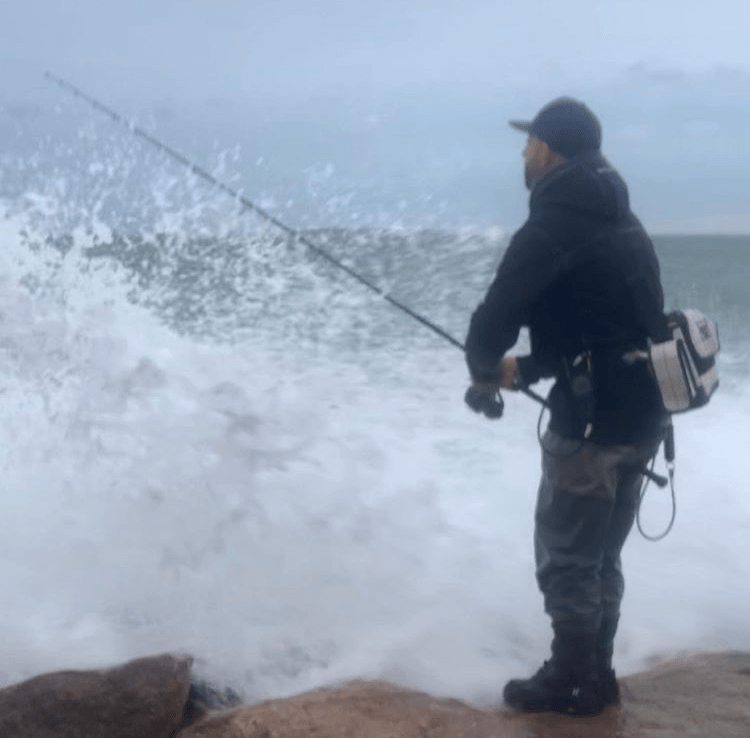

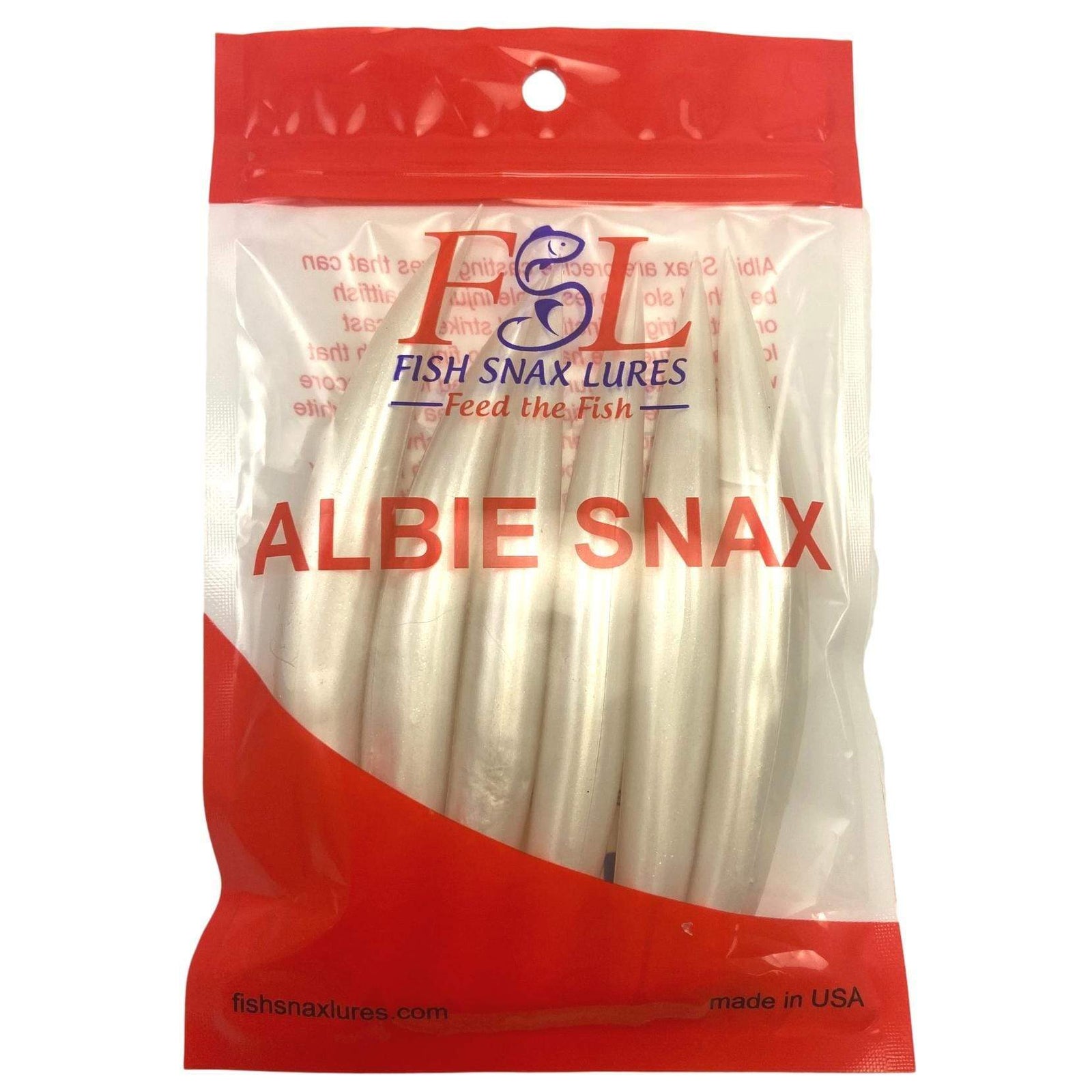

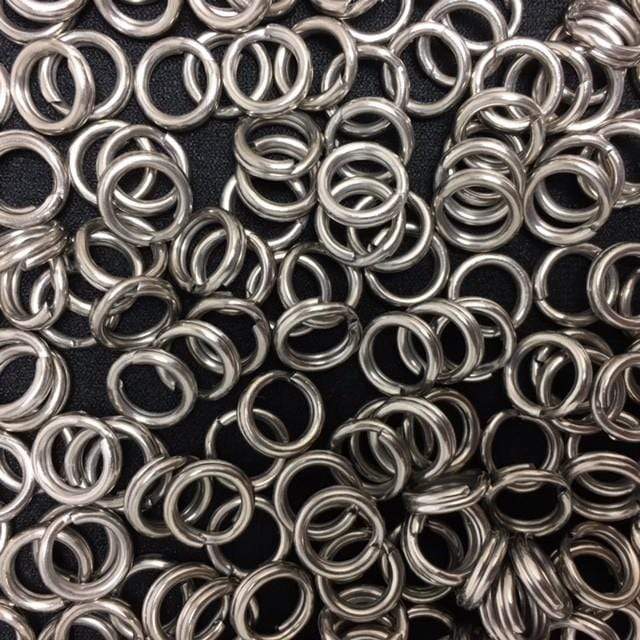
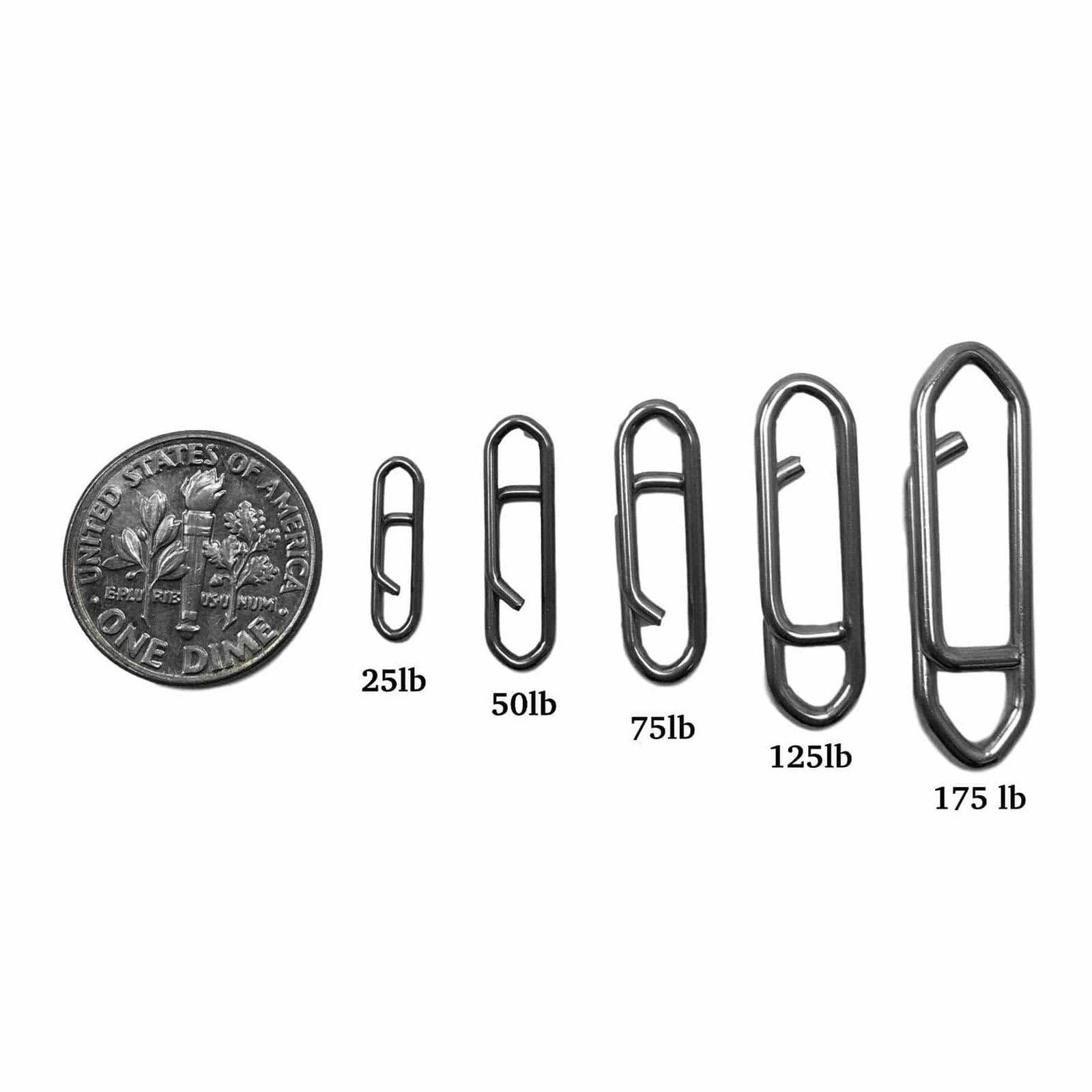

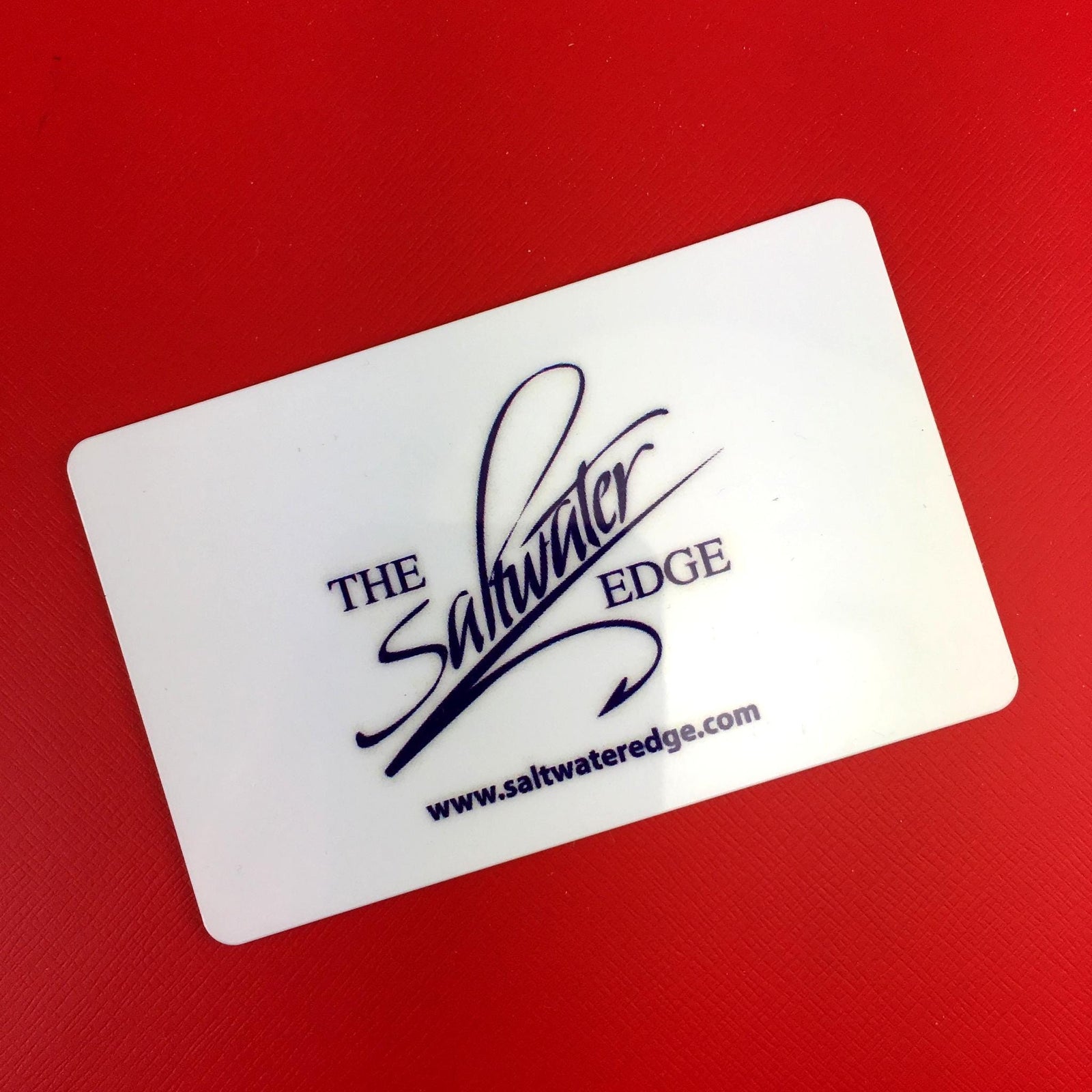
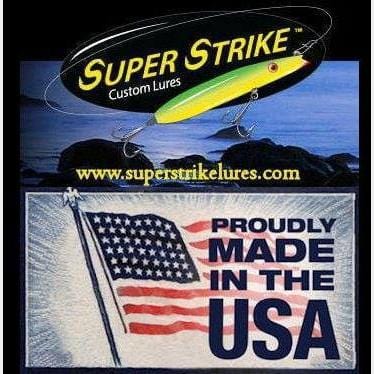

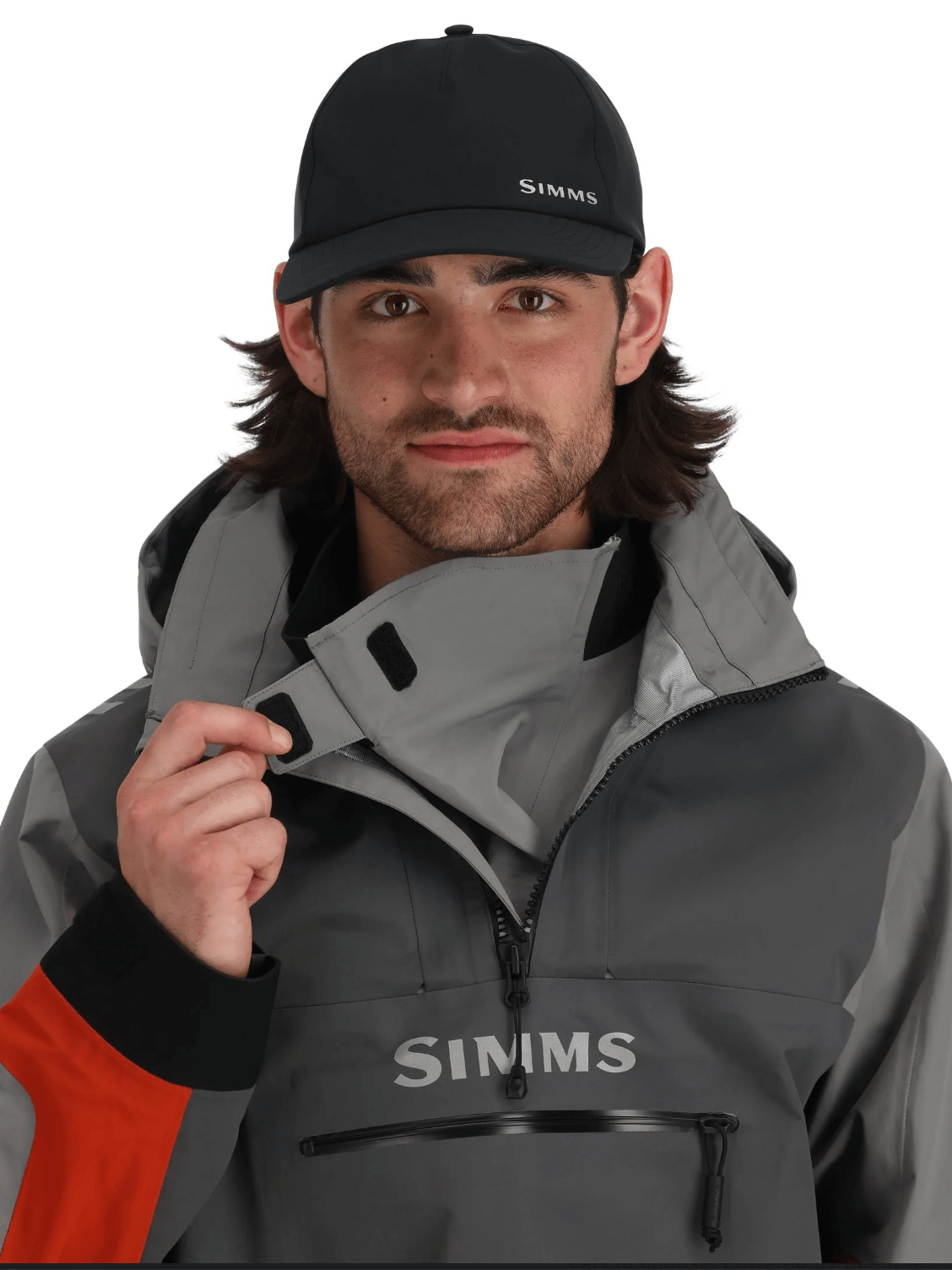

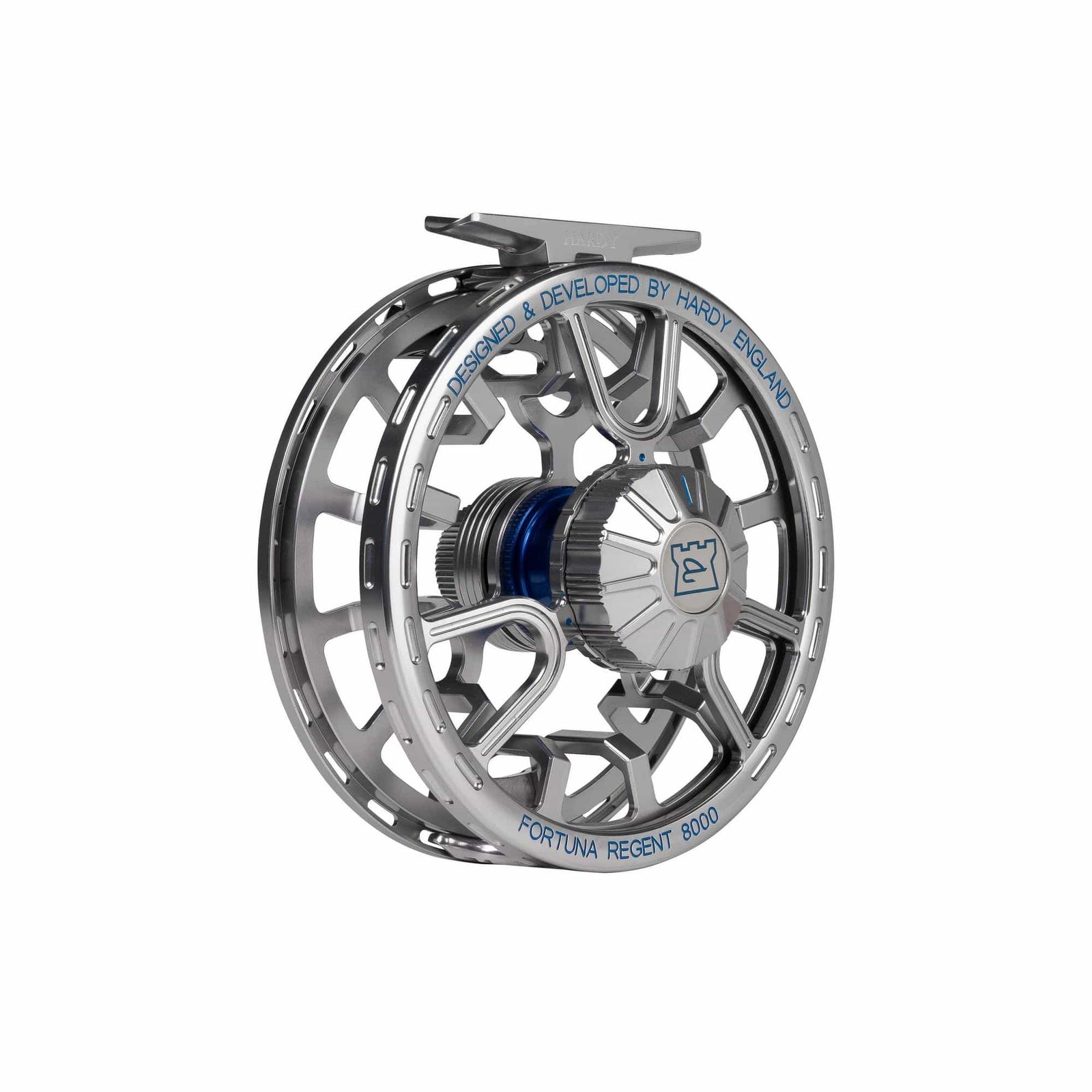
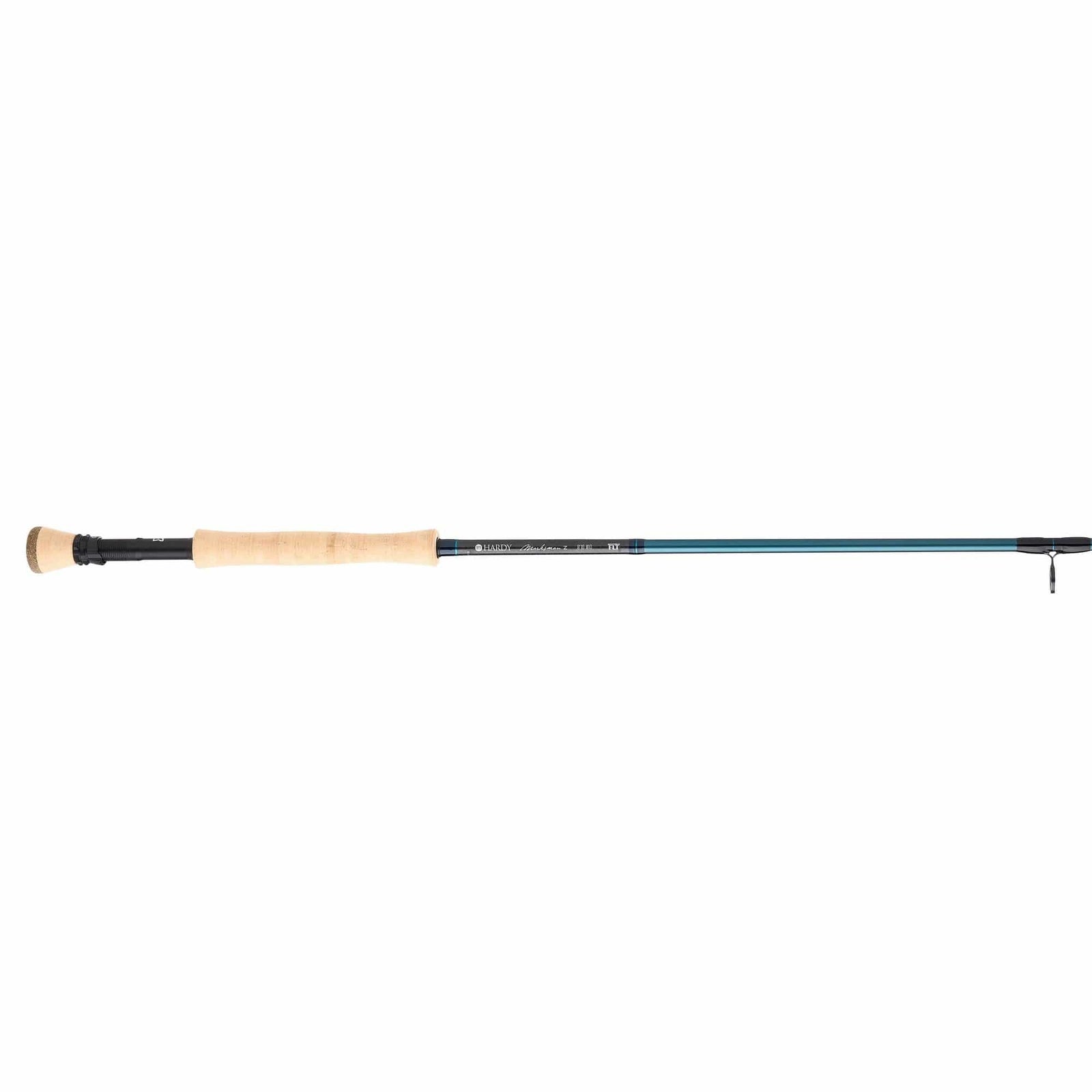

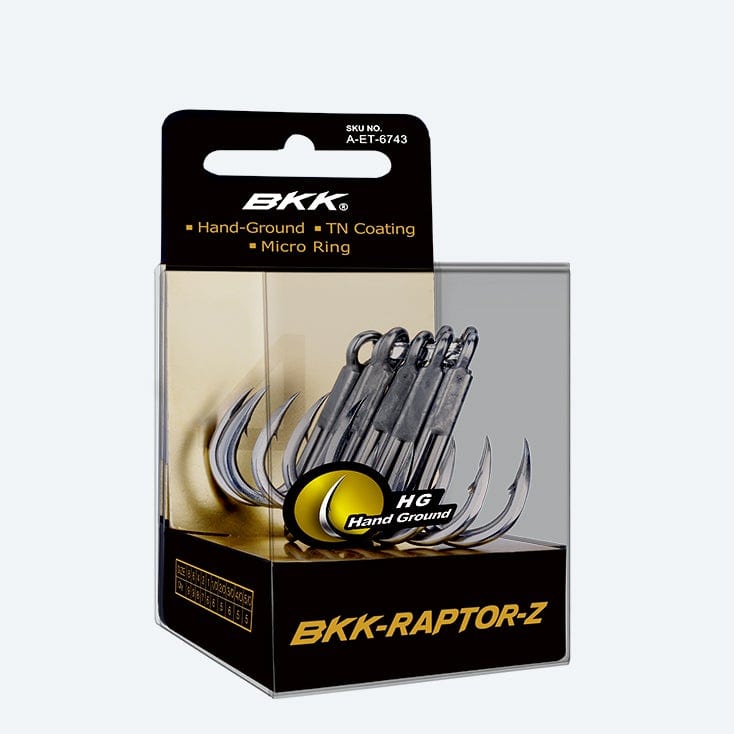
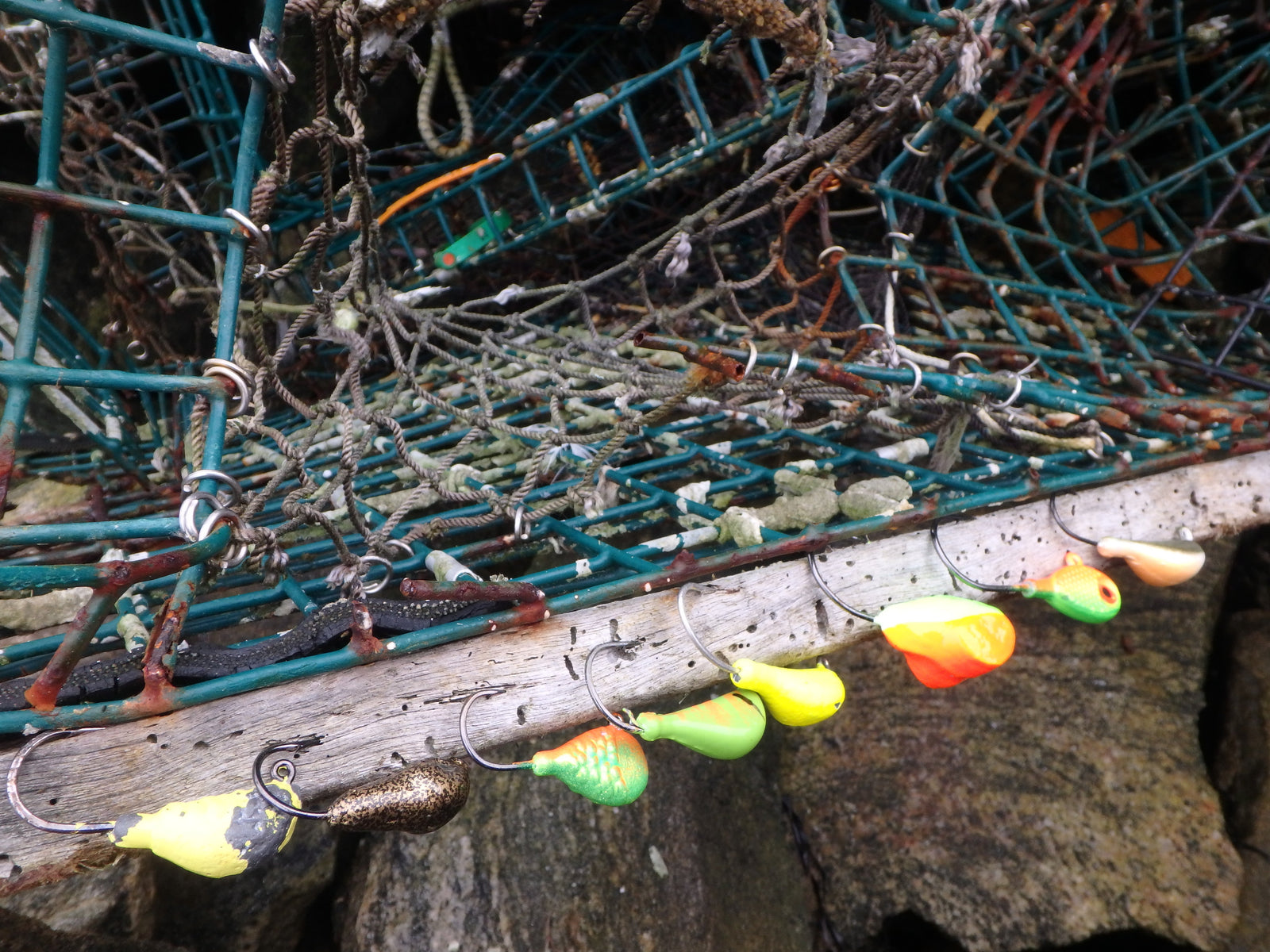



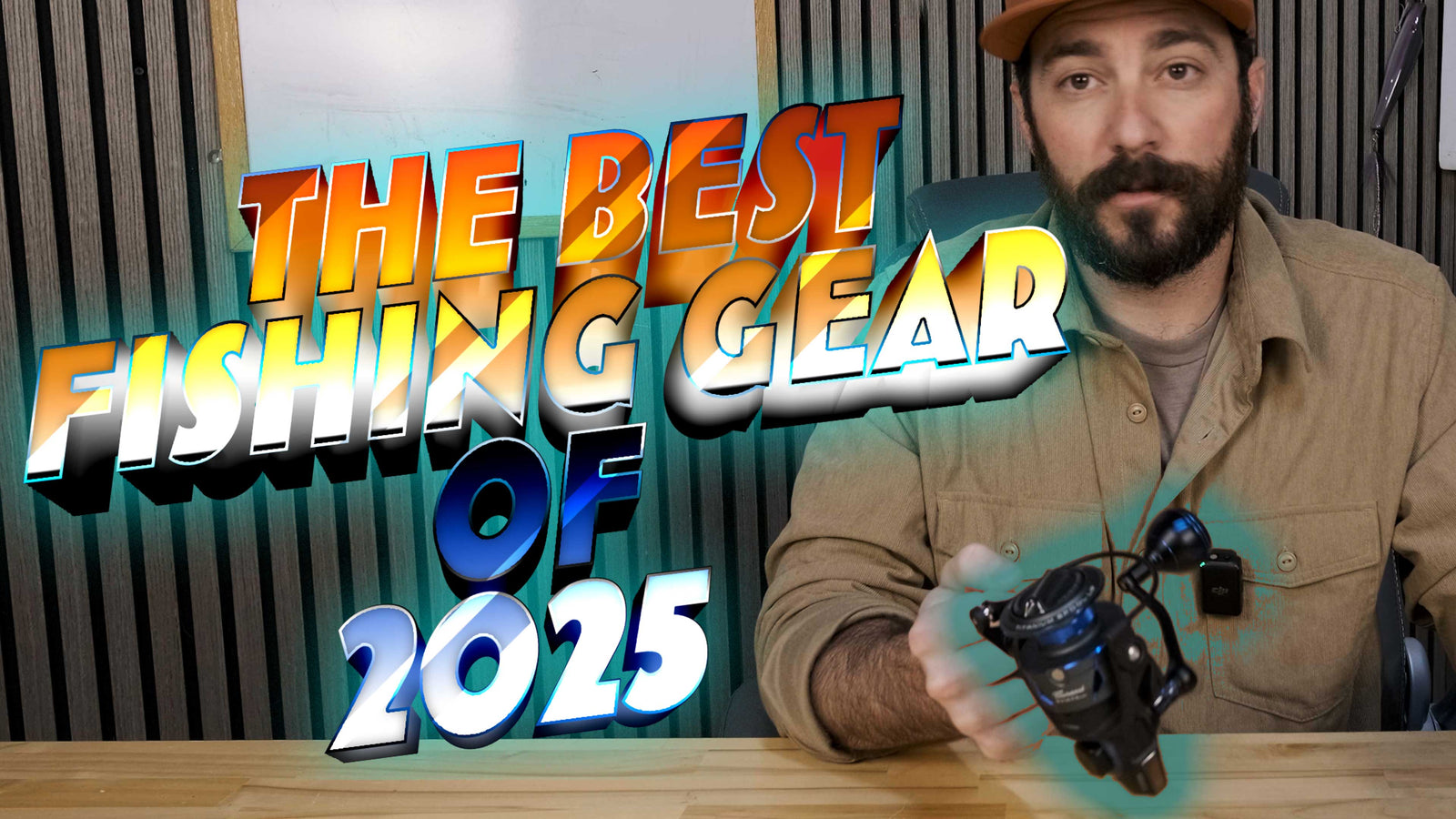
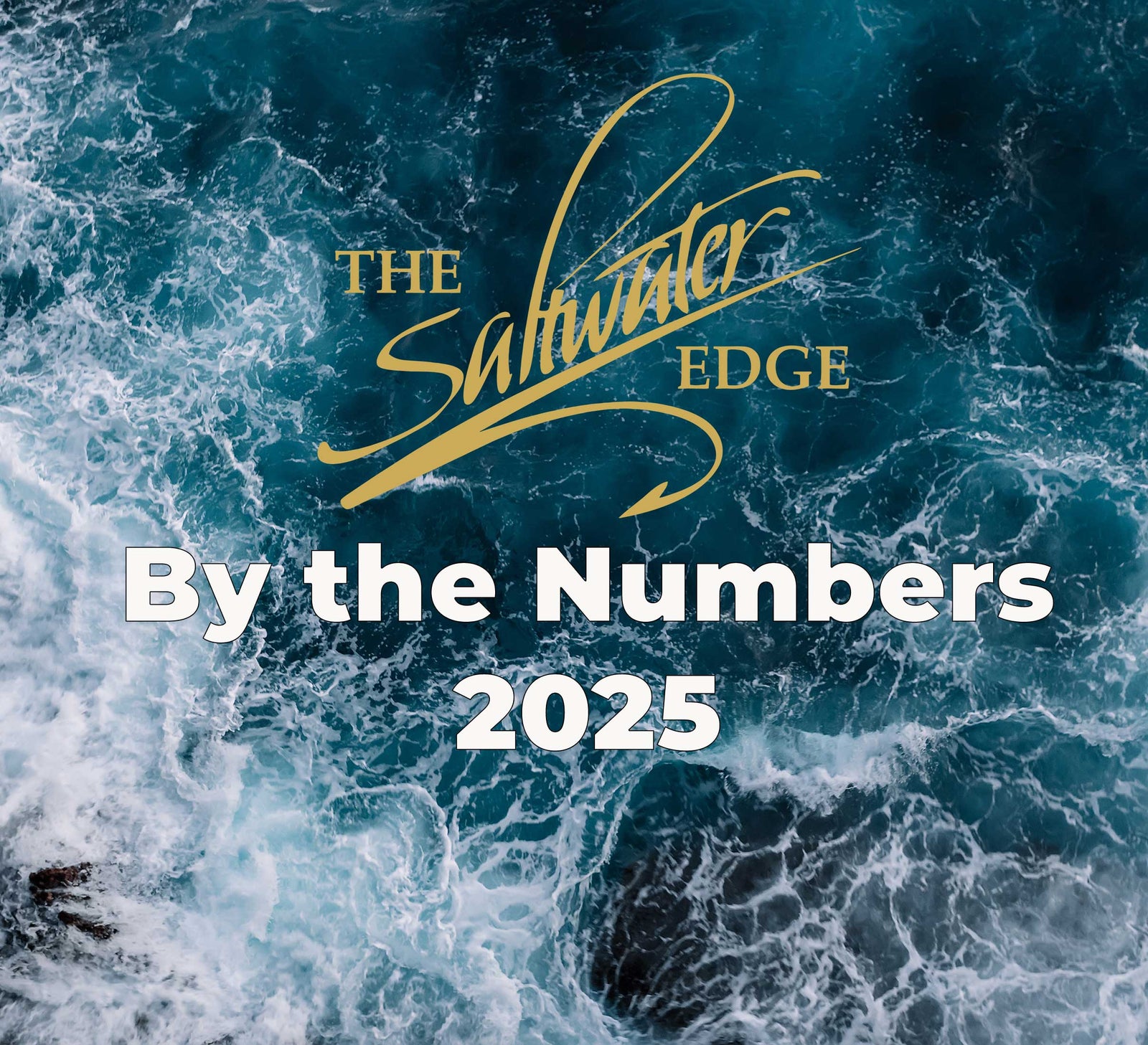
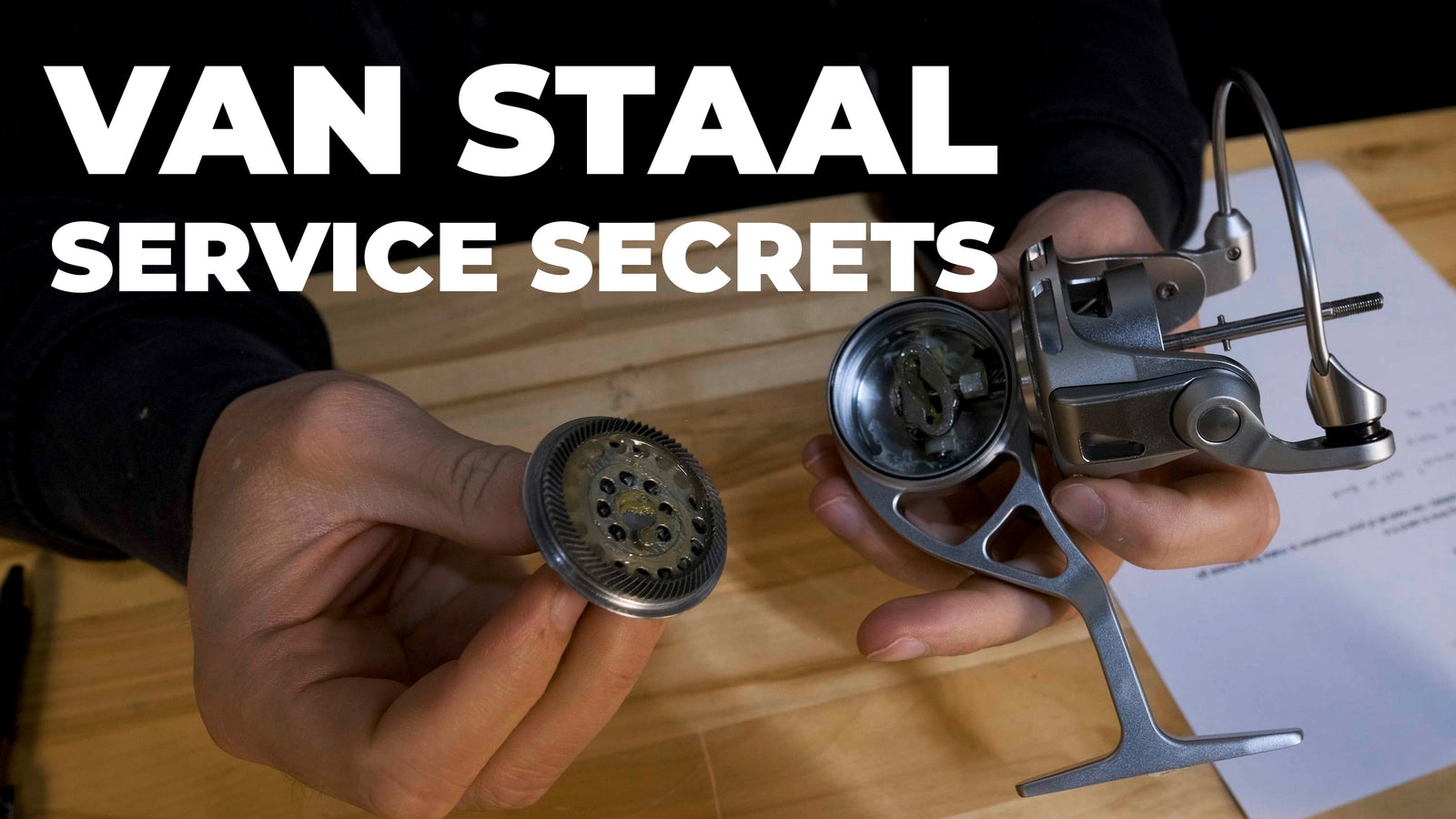
Leave a comment (all fields required)